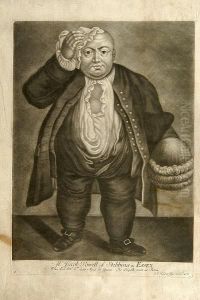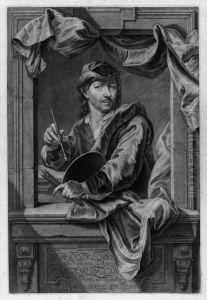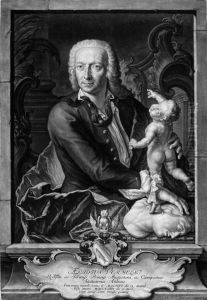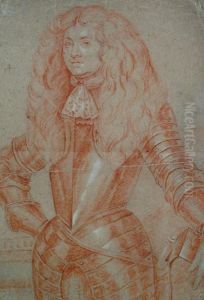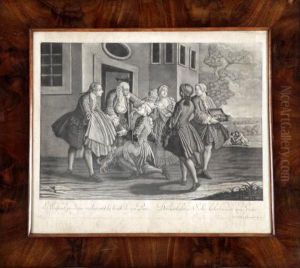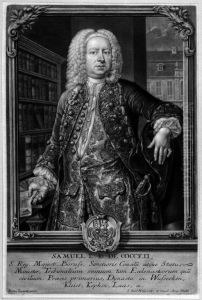Johann Jakob Haid Paintings
Johann Jakob Haid was a German artist known primarily as an engraver and mezzotint artist during the 18th century. Born on August 16, 1704, in Kempten, Bavaria, Haid showed an early interest in the arts and trained under various artists to hone his craft. He was part of the Baroque period, which was characterized by dramatic expression, rich coloration, and grandeur in scale and scope of artwork.
Haid's work as an engraver and artist brought him considerable recognition. He was a key figure in the promotion of the mezzotint technique in Germany, which allowed for the creation of prints with soft gradations of tone that were well-suited for reproducing the lush textures and tones found in paintings. This technique was especially popular for the reproduction of portraits, and Haid's work contributed significantly to the spread of this art form.
In 1739, Haid founded his own publishing house in Augsburg, which became a successful enterprise. He collaborated with his son, Johann Elias Haid, who was also a talented artist. Together, they produced a wide range of mezzotints, including portraits of notable personalities, religious figures, and scenes from classical mythology.
Johann Jakob Haid's contribution to the world of printmaking was significant, and his works were renowned for their high quality and the skilled use of the mezzotint technique. His prints were sought after by collectors and art lovers throughout Europe. He passed away on February 5, 1767, in Augsburg, leaving behind a rich legacy in the world of engraving and printmaking. His influence continued through his son and the many artists who were inspired by his mastery of the mezzotint process.
